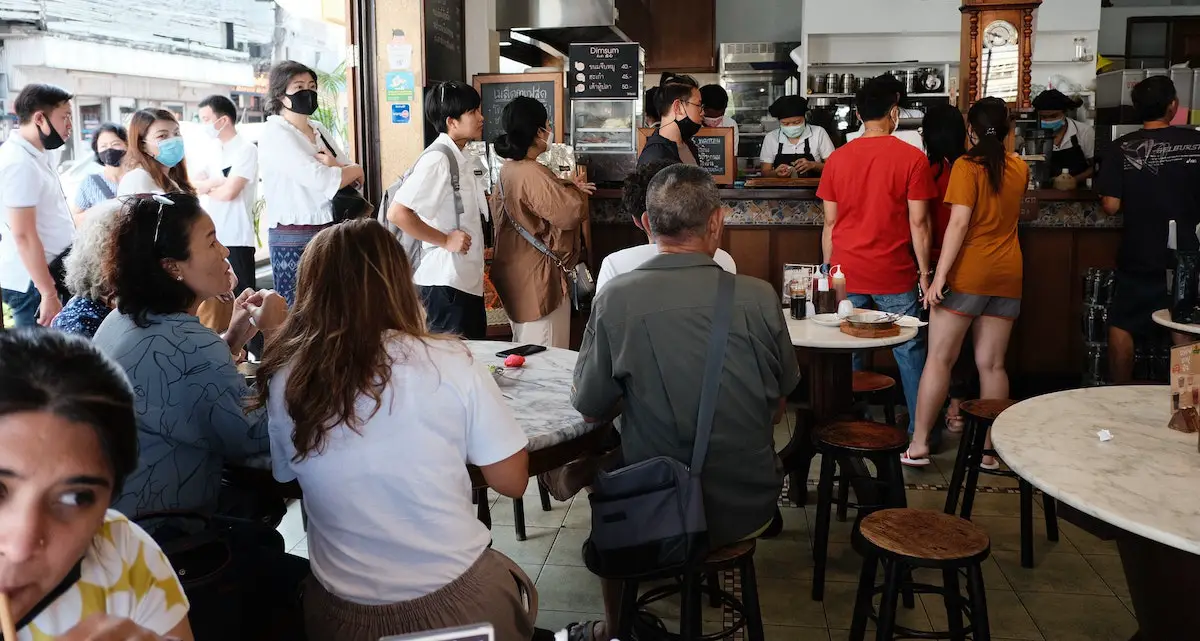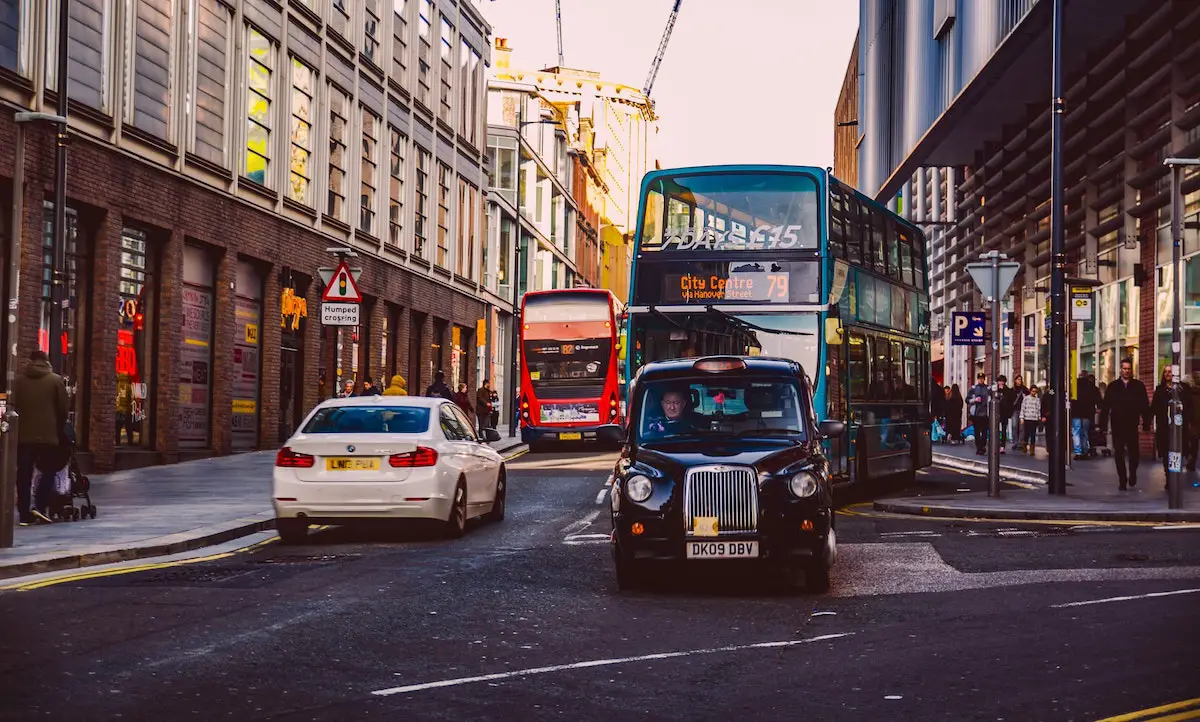Cape Town, like most cities, was caught up in the automobile hype during the 1960s. Construction of a freeway through the centre of South Africa’s second most populous city was underway, but work abruptly drew to a halt in 1977 and never picked up again. Today, Cape Town’s unfinished Foreshore Freeway is a physical manifestation of failed governance, a popular film and TV set, and the source of numerous design competitions.
The most recent occurred in 2017. Initiated by Transport for Cape Town – the government body responsible for transport – and the City of Cape Town – the city government – the project called on private sector groups to submit proposals, and the public to offer feedback. Rather than aiming to merely complete the freeway, it was positioned as a land use project, with entrants asked to present holistic reimaginings that included public space and affordable housing. Then-Mayor Patricia de Lille stated at the time:
“The need for social housing in the inner city remains our core priority. We need to address traffic congestion and apartheid spatial planning.”
Patricia de Lille, speaking in 2018
Cape Town emerged as a port city when Dutch traders established a stopping point between the Netherlands and the Dutch colony that is today’s Indonesia in the 1600s. Though home to numerous ethnic groups and a stopping point for European ships before this, the formalised port created a labour need which saw the importation of slaves, many of whom were people from Southeast Asia. Today’s Cape Town is ethnically diverse, with 45% of its population classed as Coloured (a term which, while contentious in British English, locally means people with ancestry from more than one of the region’s ethnic groups), 32% White and 16% Black.
While today’s South Africa is a multicultural liberal democracy, between 1948 and 1994 an apartheid regime formalised racial segregation to benefit the White minority. Though repealed in 1994, South Africa remains the most economically unequal country in the world.
Apartheid can be seen as a system of spatial control. City centres were designated as White residential areas with other ethnic groups typically mandated to live in outer regions. Yet low-paid employment in White residential areas was primarily undertaken by Coloured and Black people, resulting in a need to commute long distances. Today, despite the repeal of Apartheid legislation, neighbourhoods surrounding the Foreshore Freeway remain predominantly wealthy, White areas, with less central neighbourhoods home to Coloured and Black populations. Income inequality is worse than during Apartheid.
Early Warning Signs
While debatable whether a freeway is beneficial, projects which aspire for an improved city centre could be argued as disproportionately benefitting the minority White population. The Foreshore Freeway project, however, was specifically designed to benefit lower income people, more likely to be Coloured or Black, through an increased provision of affordable housing in a central location. This would mean a changed ethnic and income dynamic. Projects which aim to bring about such changes in South Africa’s cities can be met with objections from existing residents, more likely to be wealthy and White. Complex power dynamics related to class, income and ethnicity were therefore at play from the outset.
Public debate between government stakeholders also created issues. Transport for Cape Town had explicitly promoted the project as a land use competition, open to a range of options for the freeway, including tearing it down entirely. The City of Cape Town, on the other hand, had emphasised that completing the freeway was mandatory. With a Transport body seemingly placing less emphasis on transport infrastructure than the city government itself, contradictions and public disagreements resulted in confusion for those submitting proposals.

The Challenge of Meaningful Participation
Public participation is today considered an essential component of democratic planning systems. Pitched as an opportunity for citizens to critically reflect on issues related to the built environment, advocates of public participation preach the potential for community buy-in, sense of ownership and equitable outcomes. Yet participation needs to be genuine and contextually appropriate – something lacking in the Foreshore Freeway project.
The competition was highly publicised, with the Cape Town Civic Centre – a local government office – used as the location for a brief public exhibition and participatory processes. Engagement was positioned as an integral component, with shortlisted entries and citizen feedback evaluated by government stakeholders when selecting a winning proposal.
Yet the selected location was questionable. While near a major formal public transport exchange, it was also centrally located in a majority White area. Public transport users in Cape Town are more likely to be low income Black or Coloured people, most of whom rely on informal rather than formal public transport. Additionally, disengagement with local authorities and low sense of ownership in some communities combined with the spatial legacy of apartheid suggests that the venue of choice was never going to be truly effective.
A participatory approach which included broader geographical coverage and/or alternative engagement methods – such as digital participation – could have improved access and ensured more representative feedback, crucial when considering the project’s stated importance of affordable housing for low-income residents. With participation options limited by both geography and strategy, there was a failure to adequately serve the needs and circumstances of the project’s target groups.
The Outcome
A winning entry for the Foreshore Freeway design competition was selected in early 2018, keeping the city government happy through a completed freeway, new public spaces and residential towers of mixed affordable and market rate housing. In July that same year, citing issues related to an unclear brief and community objections, the project was cancelled by the City of Cape Town. The freeway remains unfinished.


